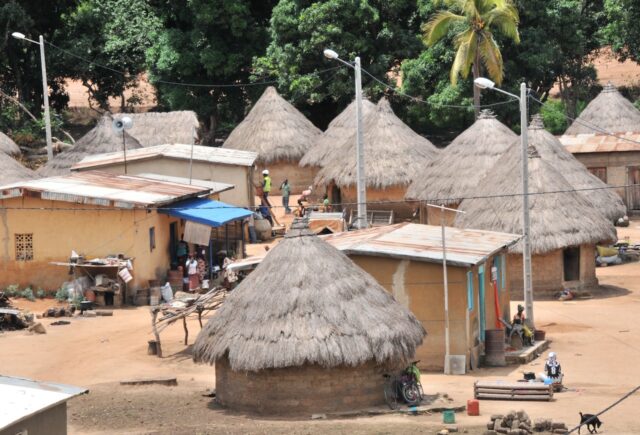The £174m fund, which has attracted investment from several UK pension funds, works with partners to provide accommodation and support for those facing housing insecurity and homelessness.

Resonance, a UK-based social impact investor, said the first families had moved into refurbished homes in Gloucestershire, southwest England, as part of an initiative underpinned by a £30m (€35m) investment in the firm’s current homelessness fund by Gloucestershire Pension Fund (GPF).
The initiative, led by Resonance and charity Developing Health and Independence (DHI), aims to provide safe, stable housing and support for individuals and families facing housing insecurity and homelessness. As well as housing, tenants, some of whom have complex social challenges, receive wraparound support with health, wellbeing, and employment and training opportunities.
GPF’s investment in Resonance’s National Homelessness Property Fund 2 (NHPF2), was announced in January, with £20m going to support the immediate purchase and refurbishment of the 90 properties in the county of Gloucestershire, and a further £10m allocated to the purchase of properties in London.
NHPF2, which purchases family and one-bedroom homes across the UK for refurbishment, has just closed at £174m, with recent investments by UK local authorities yet to be formally announced. Previous investors have included Greater Manchester Pension Fund, Liverpool City Region Combined Authority, Bristol City Council and Better Society Capital among others.
Resonance said the fund has supported the acquisition of over 350 properties in all, with housing partners supporting nearly 500 individuals and families.
A new Resonance homelessness fund is due to be launched later in 2025. In February, Chris Cullen, head of homelessness property funds at Resonance, explained to Impact Investor, that the next fund could be an evergreen fund, which he hoped would prove attractive to pension funds and new investors.
Inclusive approach
The 90 homes purchased by Resonance in Gloucestershire were refurbished and their energy efficiency improved before being leased to DHI’s social letting agency Home Turf Lettings.
Families were actively engaged in viewing their homes to check on their suitability relating to factors such as distance to schools, transport links, healthcare availability and suitable community networks.
Rosie Phillips, CEO of DHI, said that by listening to families and involving them so they are empowered in the process, the initiative was helping to create environments where they could not only live but thrive.
“Through our collaborative partnership with Resonance, local councils and building contractors, the fund has provided a tailored transition for families housed in temporary accommodation who are facing complex challenges,” she said.
Rahmat Baneshi, whose family was one of the first tenants in the newly refurbished homes in Gloucestershire, said he is happy with their house. “It’s in a good location, close to the children’s school and everything we need. We were living in temporary accommodation before, so it’s very nice to have our own home,” he said.
Some 215 households in Gloucester, the largest city in the county, are living in temporary accommodation, including 113 households with children, Resonance said, citing UK government statistics.
UK’s £39bn housing pledge
Investors in the housing sector, such as Octopus Capital, have welcomed the UK government’s pledged £39bn package of measures to stimulate building of social and affordable homes over the next decade, which was recently confirmed.
Resonance’s Cullen also welcomed the news, telling Impact Investor the pledge is a much-needed commitment to tackling the housing crisis, while providing a renewed focus on social and affordable homes. But he said more attention should be paid to renovating existing properties, rather than just focusing on building new homes.
The government’s £39bn is intended to fund 300,000 new social and affordable homes as part of the government’s ambition to deliver 1.5m new homes. While there a small, yet-to-be- specified allowance for housing acquisitions, virtually all of the total figure is designated for new build housing.
“New builds alone are not enough when there are more than 260,000 long-term empty homes which could provide an additional housing solution within shorter timeframes. To truly break the cycle of homelessness we need a raft of measures to provide safe, affordable homes that enable people to rebuild their lives,” Cullen said.






